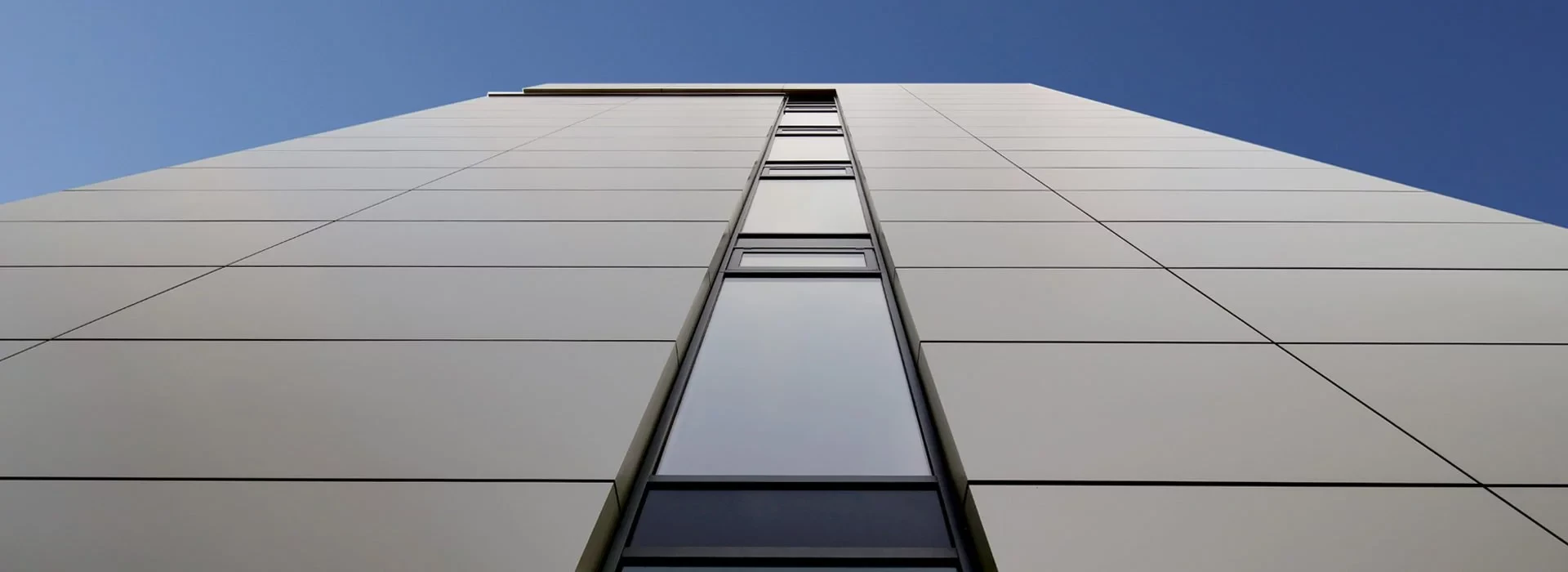Cladding is a modern construction technique used to cover the exteriors of buildings with protective and decorative materials. It enhances both the aesthetic and functional aspects of structures, providing insulation, weather resistance, and a stylish appearance.
Components of Cladding
- Outer Layer
Often made from aluminum or other weather-resistant materials.
- Core Layer
Made from insulating materials like polyethylene or fire-resistant cores.
- Backing Layer
Provides structural support and extra protection.
Benefits of Cladding
- Thermal and Sound Insulation
Reduces heat loss and absorbs external noise.
- Weather Resistance
Protects buildings from rain, heat, and humidity.
- Aesthetic Appeal
Offers limitless design options with a variety of colors and shapes.
- Low Maintenance
Easy to clean with water and basic detergents.
Types of Cladding
- Aluminum Cladding
Lightweight and corrosion-resistant, ideal for modern buildings.
- Glass Cladding
Adds a sleek and contemporary look to buildings.
- Wood Cladding
Provides a natural and eco-friendly aesthetic.
- Stone Cladding
Enhances buildings with a classic and robust appearance.
Applications of Cladding
- Covering building facades.
- Designing modern interiors.
- Enhancing fuel stations, malls, and hotels.
Environmental Considerations
Cladding contributes to energy efficiency by reducing heat loss, and many materials are recyclable.




